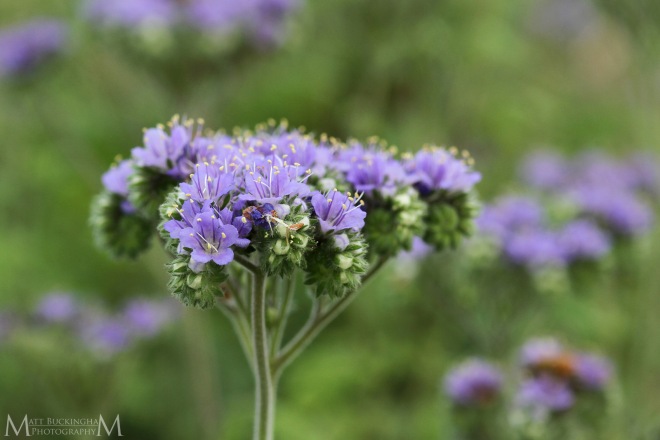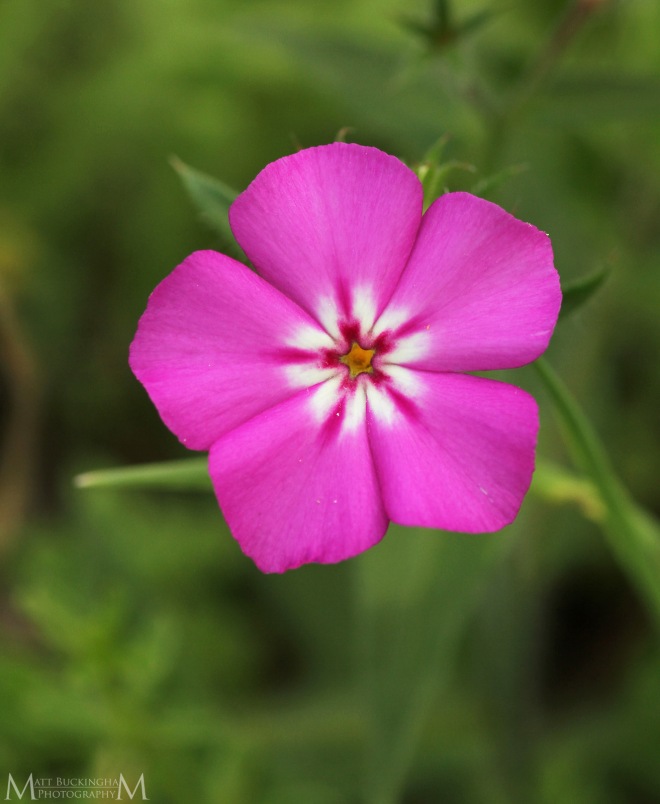Target Species: Blue Curls (Phacelia congesta)

Blue Curls
Most of the species on my 2017 biodiversity list are rare, unusual, range-restricted, or hard to find. I added Blue Curls (Phacelia congesta) simply because they are beautiful and I wanted to photograph them! One might wonder how a species that can be prolific along roadsides eluded my lens for so many years, but these lovely spring wildflowers do not occur in the Pineywoods, and though I have most certainly passed by them at 75 miles per hour on the free way, I never took the time to stop and smell the Blue Curls, so to speak.

Blue Curls
Phacelia congesta is an iconic Texas wildflower, and is featured prominently in virtually every wildflower guide and photo tribute book covering the region. In fact, the majority of its range is centered in the Lonestar State, and it just barely spills over into New Mexico and Oklahoma. Blue Curls tend to occur on coarse sandy or gravelly soils, primarily in central, south, and west Texas. Here it occurs in open brushlands, woodlands, savannahs, and roadsides. In open areas it can form dense colonies, literally blanketing the ground with its light blue to purple blooms. It is my experience that blue, pink, and purple flowers differ dramatically in how the reflect color under sunny vs. cloudy conditions.

Blue Curls, showing the buds along the curled inflorescences.
Phacelia congesta is a plant of many names. I have seen it referred to as Caterpillars, Fiddleneck, Spider Flower, and Wild Heliotrope. I chose Blue Curls for the blog, as it is the common name I have most frequently seen associated with this species. To me, it is also the most fitting. The flower buds are arranged on long, curled inflorescences. As the flowers begin to open, the inflorescences slowly unfurl until all of the flowers have bloomed.

Blue Curls
I found this large group of Blue Curls on a Spring Break trip to South Texas with my family. They were kind enough to indulge me much more than any normal patient person would (more on that in future blog posts). The plants were much more robust, and even more spectacular than I was expecting. We found them just after a rainy day had cleared to a beautiful afternoon, and I delighted in photographing several of the beautiful plants in this healthy population.

Blue Curls
Blue Curls was not the only species of Phacelia in the area. We also found several individuals of Sand Phacelia (Phacelia austrotexana). This one still had a few raindrops clinging to the bloom. P. austrotexana was recently split from P. patuliflora. It is restricted to South Texas and northern Mexico.

Phacelia austrotexana
Another South Texas endemic we found in the area was the Sand Brazos-Mint (Brazoria arenaria). Carolina’s sharp eyes spotted this rare species. It is a close relative to another species on my list, Brazos truncata, which I hope to photograph later this spring.

Sand Brazos-Mint

Sand Brazos-Mint
Rio Grande Phlox (Phlox glabriflora), another South Texas specialty, was also present. Considered by some to be a subspecies of Phlox drummondii. It is best differentiated by the later by its trailing stems.

Rio Grande Phlox

Rio Grande Phlox
Barely visible and easily overlooked among the larger, more showy wildflowers, were several blooms of Smallflower Milkvetch (Astragalus nuttallianus). This species occurs at a few sites in East Texas, but it is rare there, so it was a treat to see it blooming by the thousands. A slight breeze made photographing the tiny flowers a near impossibility.

Smallflower Milkvetch
Another widespread species that was present in good numbers was Berlandier’s Yellow Flax (Linum berlandieri).

Berlandier’s Yellow Flax
Checking Blue Curls off my list was a great way to start our trip to South Texas. It was a sign of good things to come, I hoped.
